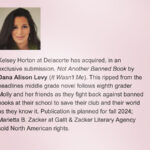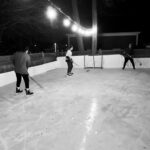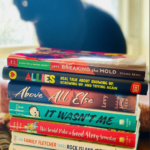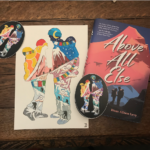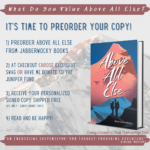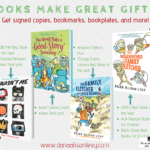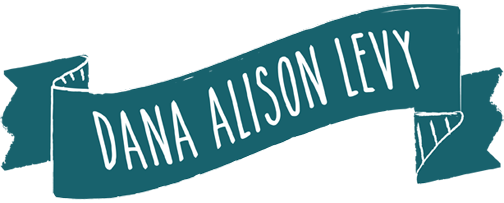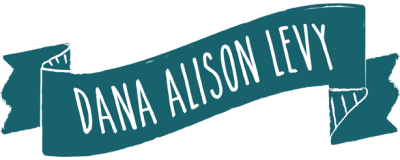Assemblies:
Designed for students in elementary and middle school, my presentations all share a core idea: to demystify the process of writing well and help kids find joy in writing and reading. While my presentations will of course tie into my own work, I also strive to include examples and anecdotes from all kinds of books, from current bestsellers to classics to other author-friends’ works-in-progress! (With their permission, of course)!
In large groups or school assemblies, I speak about the writing process, about the steps it takes to go from an idea to a novel, about the importance of revision and the ways partners (be they teachers, parents, classmates or editors), make us better writers. This presentation can be tailored somewhat to a specific schools’ needs but will always cover:
- How good writing is good writing, whether an essay, a business report, or a book
- How an idea becomes a novel
- The importance of revision
- Why most writers don’t go it alone (and neither should students)
- Rejection and its role in eventual success
In addition, my new book, IT WASN’T ME addresses issues of bullying, stereotyping, and the value of Restorative Justice in schools. This book opens up conversations about bystanders and upstanders, and how all of us can look beyond our own biases to create a better community. Assemblies with students who are reading IT WASN’T ME delve into these issues, as well as covering elements of craft and revision. Please also see the Curriculum Guide for more ideas of how to use IT WASN’T ME in the classroom!
Breakout Groups:
For smaller groups (no more than five classes or 100 kids), I will get into the nitty gritty of writing, with a focus that is tailored to the school’s needs. Generally these group sessions should follow the larger assembly so that kids have already been introduced to me. Below are some sample break-out presentations:
- How Long Does This Take, Anyway?: A presentation on how a book gets made, from a rough draft to a book that readers can hold in their hands. Includes a behind-the-scenes look at marked-up manuscripts, editor’s letters, copy edits, and more. (Best for grades K and up — tailored to the appropriate age)
- Using Words Well: A discussion of why and how words matter. Touches on active verbs, vivid imagery, simile, metaphor, and more, all in a silly and interactive way. (Best for grades 4 and up)
- Stop Laughing! This is Serious! How humor in stories can help tell important things. A look at some silly books that have serious messages, and a discussion of why authors might choose to mix it up. (Best for grades 3 and up)
- Judging a Book By Its Cover: By looking at a diverse selection of grade-appropriate books, we will talk about what the cover tells us, and compare that with the flap copy and first few pages. I’ll also talk about who makes cover decisions and how the process works. (Best for grades 4 and up)
- The Magical Secret to All Good Writing (Hint: It’s Revision): This presentation, for older students, talks about the importance of revision for all writing. We talk about the difference between revision, editing, and proofreading, and the right time for each. We’ll look at how to tackle revisions, and some ways to make this tough job easier.(Best for grades 5 and up)

